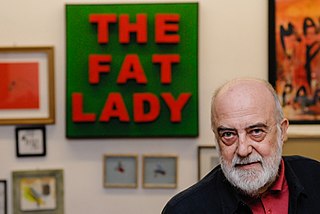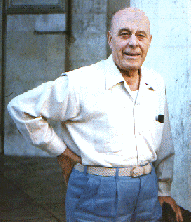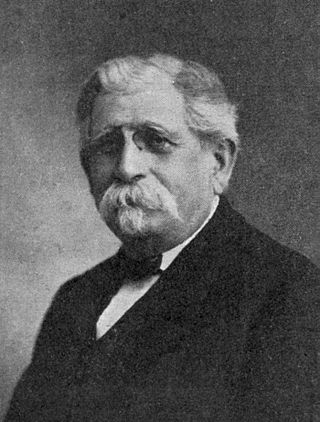
Antonello da Messina, properly Antonello di Giovanni di Antonio, but also called Antonello degli Antoni and Anglicized as Anthony of Messina, was an Italian painter from Messina, active during the Italian Early Renaissance.

Il Sodoma was the name given to the Italian Renaissance painter Giovanni Antonio Bazzi. Il Sodoma painted in a manner that superimposed the High Renaissance style of early 16th-century Rome onto the traditions of the provincial Sienese school; he spent the bulk of his professional life in Siena, with two periods in Rome.

Giambattista Pittoni or Giovanni Battista Pittoni was a Venetian painter of the late Baroque or Rococo period. He was among the founders of the Academy of Fine Arts of Venice, of which in 1758 he became the second president, succeeding Tiepolo.

Antonio Mancini was an Italian painter.

The School of Athens is a fresco by the Italian Renaissance artist Raphael. It was painted between 1509 and 1511 as part of a commission by Pope Julius II to decorate the rooms now called the Stanze di Raffaello in the Apostolic Palace in Vatican City.

Giorgio Morandi was an Italian painter and printmaker who specialized in still lifes. His paintings are noted for their tonal subtlety in depicting simple subjects, mainly vases, bottles, bowls, flowers, and landscapes.

Aristotle with a Bust of Homer, also known as Aristotle Contemplating a Bust of Homer, is an oil-on-canvas painting by Rembrandt that depicts Aristotle wearing a gold chain and contemplating a sculpted bust of Homer. It was created as a commission for Don Antonio Ruffo's collection. It was bought and sold by several collectors until it was eventually purchased by the Metropolitan Museum of Art. The mysterious tone in the painting has led several scholars to different interpretations of Rembrandt's theme.

Michele Cascella was an Italian artist. Primarily known for his oil paintings and watercolours, he also worked in ceramics, lithography, and textiles. He exhibited regularly at the Venice Biennale from 1924 until 1942, and his works are owned by major museums in Italy and Europe, including Victoria and Albert Museum in London, Galerie nationale du Jeu de Paume in Paris, and Galleria Nazionale d'Arte Moderna in Rome.

Enrico Coleman was an Italian painter of British nationality. He was the son of the English painter Charles Coleman and brother of the less well-known Italian painter Francesco Coleman. He painted, in oils and in watercolours, the landscapes of the Campagna Romana and the Agro Pontino; he was a collector, grower and painter of orchids. Because of his supposedly Oriental air, he was known to his friends as "Il Birmano", the Burmese.

Piergiorgio Colautti is a modern Italian painter and sculptor, who lived and worked in Rome. He is known for his own distinctive style, sometimes labelled "Hyperfuturism", in which figurative elements are enmeshed and submerged by symbols reflecting a cold and modern technological world.
Bruno Chersicla was an Italian painter and sculptor.

Ugo Carrega was an Italian artist and poet. Carrega was one of the main exponents of visual poetry, although he preferred the term "New Writing", an experimental form of writing that combines signs of different extraction. Carrega was active mainly in Milan, where he founded the cultural centers Centro Suolo (1969), Centro Tool (1971), Mercato del Sale (1974) and Euforia Costante (1993). He also founded and directed the art magazines Tool (1965), Bollettino Tool (1968), aaa (1969) and Bollettino da dentro (1972).

Domenico Cantatore was an Italian painter, mosaic artist and illustrator. His style, somewhat naive, is influenced by Cezanne, Matisse, and the Expressionists. His main focus was portraiture and the exploration of historical themes, in particular the figure of the reclining odalisques.

Basilio Cascella was an Italian artist, active from the late nineteenth century to the mid-twentieth century.

The House of Ruffo di Calabria is the name of an ancient, one of the most prominent and longest-standing Italian noble families.

Homer Dictating his Verses is a 1663 oil-on-canvas painting by Rembrandt, signed and dated by the artist. It is now in the Mauritshuis, to which it was bequeathed in 1946 by Abraham Bredius, who had loaned it to the museum since 1894, when he first bought it in London.

The Sicilian Vespers is the title of three works by the Italian artist Francesco Hayez, all showing the outbreak of the Sicilian Vespers.

Antonino Salinas was an Italian archaeologist and numismatist.

















